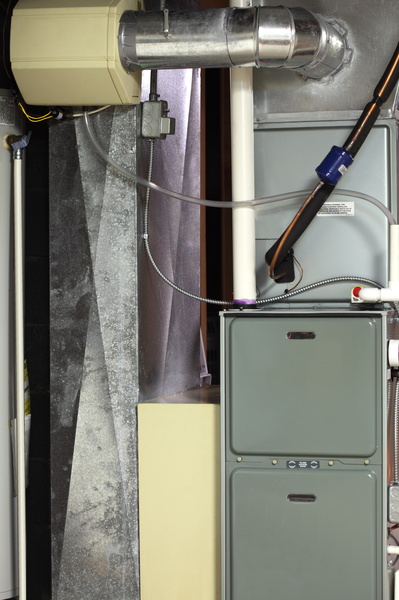There are many types of furnaces for Covington homes that use a variety of energy sources to operate. Gas furnaces use natural or propane gas, boilers and radiators use water, heated by electricity. And then there are electric furnaces, which may have an advantage over other energy sources based on energy costs.
Simply put, electric furnaces function through the use of electricity. They do not require the use of any type of fuel – but function through wires and chords. An electric furnace uses heating coils, sometimes referred to as “resistance calrods” to create heat directly in the air flow. Inside the furnace cabinet are controls, a blower, and the circuit breakers for the heating elements. Some furnaces have the breakers accessible from the outside of the cabinet.
Other add-on accessories may include an electronic air cleaner, air filter, humidifier, high performance media filter, and air conditioning evaporator coil.
The heating process begins with the home’s thermostat. A drop in temperature is sensed by the thermostat, which alerts the electric furnace. The coil then warms up, thanks to the electric current that passes through it. The heated coil in turn heats the temperature of the air around it, which is then blown into the house through a blower. The pressure that is exerted by the blower on the heated air, warms it further. The blower is able to overcome the resistance of the duct work and replace unheated, colder air with the heated air. In most homes there are various return air ducts that are used to bring in the colder air to the furnace. This cold air travels through the furnace, through an air filter, the blower, and finally through the heat exchanger. After this it will then be pushed back into the house as warm air.
To maintain a supply of fresh air in the house, some furnaces also suck air from the atmosphere outside. After the air in the house reaches a particular temperature, the thermostat automatically shuts off the electric furnace.
An electric furnace may be less costly to run, depending on the price of electricity versus other sources like natural gas, propane gas, or oil. Gas and oil are fossil fuels and burning them leaves a “carbon footprint” – the release of carbon compounds and gases into the atmosphere. An electric furnace does not burn fuel and thus does not leave a carbon footprint. This electric warming process results in fewer particulates and contaminants in the air, too. If you have any questions about this topic please call Sound Heating.
Continue Reading
Tags: Covington, Issaquah, Maple Valley
Posted in Electric Furnaces, Heating, Indoor Air Quality | Comments Off on HVAC Tips: What is an Electric Furnace?

